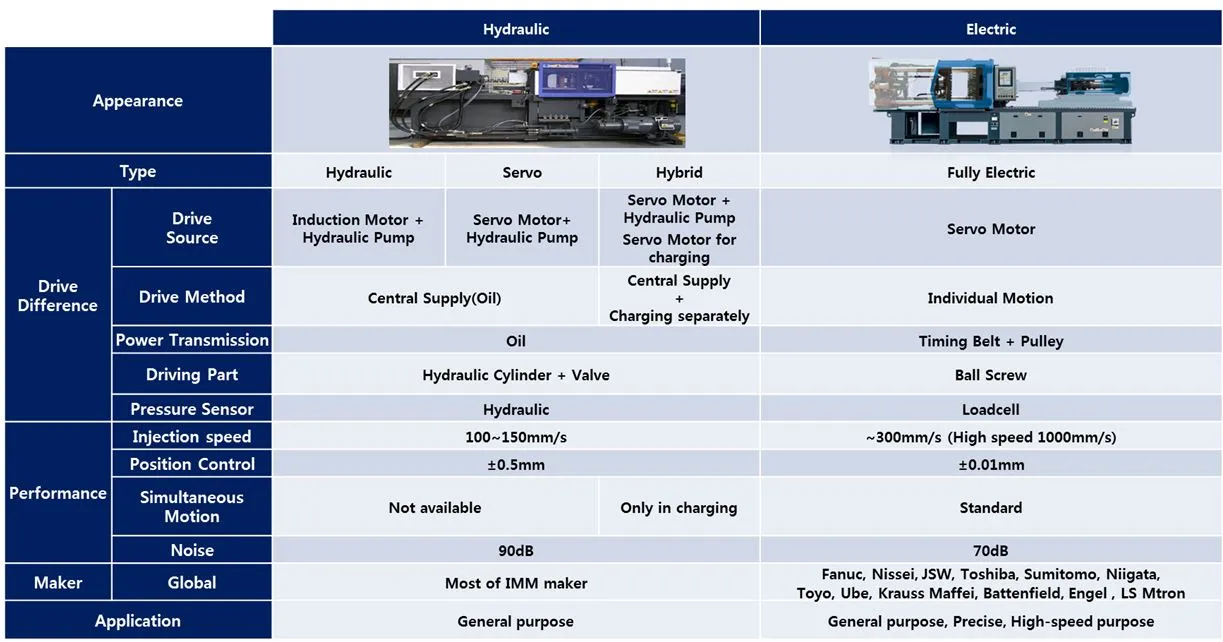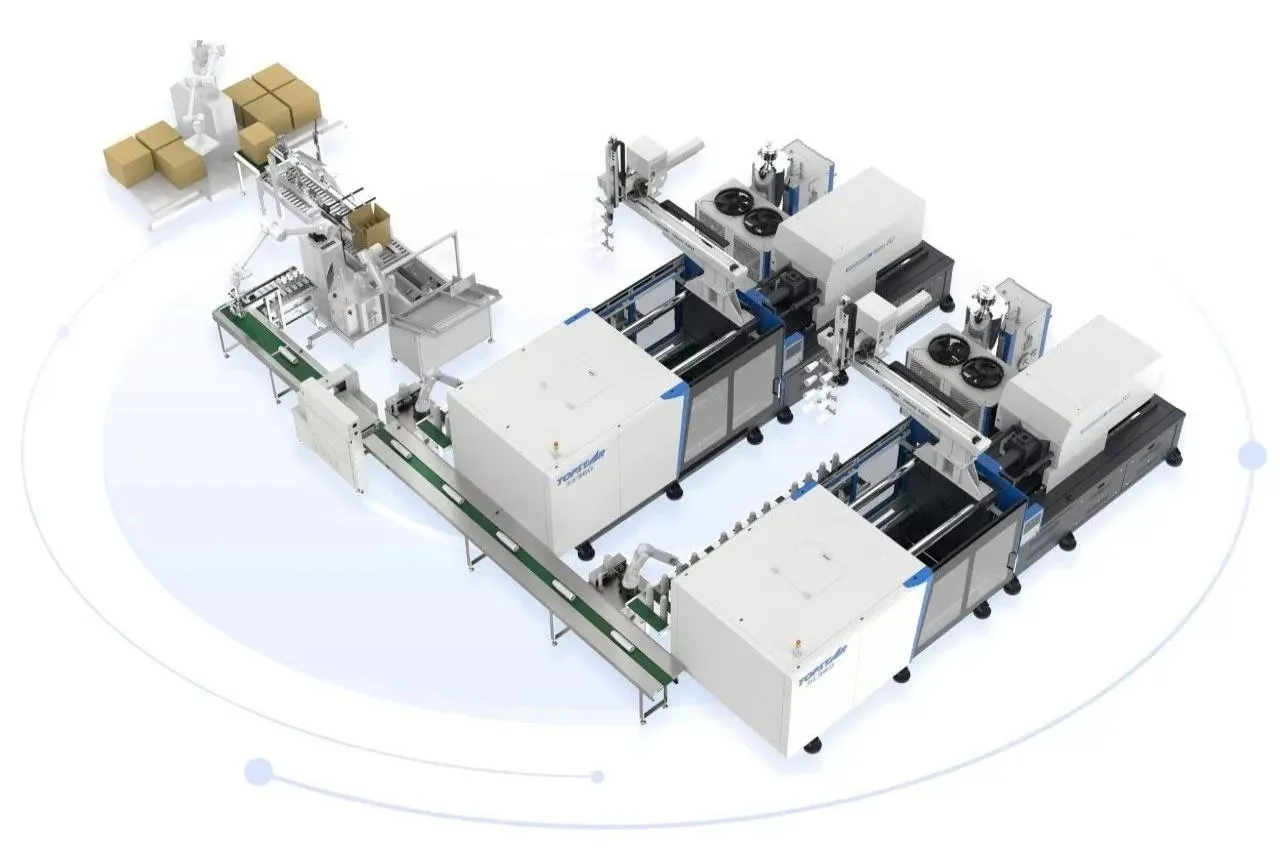Understanding Micro Injection Molding Machine Costs: Complete Investment Guide
Micro injection molding represents a specialized manufacturing process for producing extremely small, high-precision plastic components used in medical devices, electronics, and micro-optics industries.
Introduction to Micro Injection Molding Technology
Micro injection molding has revolutionized the manufacturing of miniature components with tolerances measured in micrometers. This advanced manufacturing technique requires specialized equipment capable of handling shot weights as small as 0.1 grams with exceptional precision and repeatability. The cost considerations for micro injection molding machines extend beyond the initial purchase price to include operational expenses, maintenance, and the specific requirements of micro-scale production.

Primary Cost Factors for Micro Injection Molding Machines
Machine Specifications and Capabilities
The technical specifications of micro injection molding machines significantly influence their cost. Key factors include clamping force, injection unit capacity, precision levels, and control systems. Machines with higher clamping forces (typically ranging from 5 to 50 tons) and advanced control systems command premium prices due to their ability to maintain consistent quality in micro-scale production.
Brand Reputation and Manufacturing Origin
Established brands with proven track records in precision manufacturing typically price their micro molding machines higher than newer market entrants. European and Japanese manufacturers often lead in technological innovation but come with corresponding price premiums, while emerging manufacturers from other regions may offer more competitive pricing with varying levels of technical support and reliability.

Detailed Cost Breakdown Analysis
| Cost Category | Percentage of Total Cost | Description | Price Range (USD) |
|---|---|---|---|
| Base Machine | 45-60% | Standard machine with basic features and controls | $50,000 - $150,000 |
| Precision Components | 15-25% | High-precision screws, barrels, and injection units | $15,000 - $40,000 |
| Control System | 10-20% | Advanced PLC, HMI, and monitoring systems | $10,000 - $30,000 |
| Auxiliary Equipment | 8-15% | Robotics, temperature controllers, dryers | $8,000 - $25,000 |
| Installation & Training | 5-10% | Professional installation and operator training | $5,000 - $15,000 |
Operational and Maintenance Costs
Energy Consumption
Micro injection molding machines are designed for energy efficiency, but operational costs can vary significantly based on machine design, hydraulic vs. electric drive systems, and production schedules. Electric machines typically offer 40-60% energy savings compared to hydraulic systems, though they command higher initial investment costs.
Maintenance and Service Contracts
Regular maintenance is crucial for maintaining the precision of micro molding machines. Annual maintenance costs typically range from 3-7% of the initial machine cost. Service contracts with manufacturers often include preventive maintenance, technical support, and priority access to spare parts, ensuring minimal production downtime.

Return on Investment Considerations
| Investment Factor | Impact on ROI | Timeframe | Cost-Benefit Ratio |
|---|---|---|---|
| Production Efficiency | High | 6-12 months | 1:3.5 |
| Scrap Reduction | Medium-High | 3-9 months | 1:2.8 |
| Labor Cost Savings | Medium | 12-18 months | 1:1.5 |
| Quality Improvement | High | Immediate | 1:4.2 |
| Market Expansion | Variable | 12-24 months | 1:2.1 |
Market Trends Affecting Machine Costs
Technological Advancements
Recent innovations in micro injection molding technology, including Industry 4.0 integration, IoT connectivity, and artificial intelligence for process optimization, are influencing machine costs. While these advanced features increase initial investment, they provide significant long-term benefits through improved efficiency, predictive maintenance, and reduced operational costs.
Global Supply Chain Factors
Supply chain disruptions, raw material costs, and international trade policies continue to impact micro injection molding machine prices. Manufacturers are increasingly adopting localization strategies and dual-sourcing approaches to mitigate these challenges and stabilize pricing for their customers.

Strategic Purchasing Recommendations
Total Cost of Ownership Assessment
When evaluating micro injection molding machine costs, manufacturers should consider the total cost of ownership rather than focusing solely on the purchase price. This comprehensive approach includes energy consumption, maintenance requirements, spare parts availability, training needs, and potential production downtime.
Future-Proofing Investments
Selecting machines with scalable capabilities and upgrade paths can protect investments against technological obsolescence. Features like modular design, software upgradeability, and compatibility with emerging industry standards ensure that machines remain productive and competitive for extended periods.
Successful micro injection molding operations balance initial machine costs with long-term operational efficiency, product quality, and market responsiveness to maximize return on investment and maintain competitive advantage.

